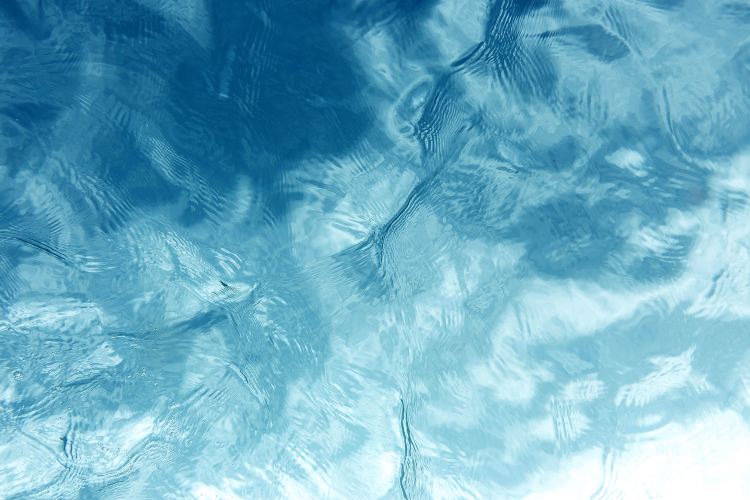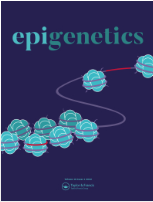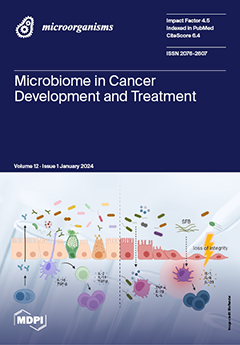Use of computer-assisted image analysis for semi-quantitative histology of the hepatopancreas in whiteleg shrimp Penaeus vannamei (Boone)

Abstract
Despite the increasing use of novel molecular techniques in pathology, histology remains the standard method for monitoring tissue alterations and for assessing pathology. Histopathological evaluation is generally laborious and subjective with risk of discrepancies in semi-quantitative scoring between pathologists. In contrast, computer-assisted image analysis (CAIA) is potentially faster, more objective and thus suitable for routine screening.
Limited research has been carried out on CAIA in crustacean histopathology, and the methods described were not fully automated. Therefore, the aim of this study was to develop CAIA in whiteleg shrimp (Penaeus vannamei) for the study of the hepatopancreas. Paraffin sections were immunohistochemically stained with monoclonal antibodies WSH8 against haemocytes and counterstained with Mayer′s haematoxylin for detection of haemocytes and B-cell vacuoles, and modified toluidine blue protocol was used for detection of F-cells; frozen sections were stained with Oil Red O for detection of lipid droplets within R-cells.
Visiopharm® software was used to develop and validated protocols for the quantification of morphological parameters (areas of haemocyte infiltration, F-cells, B-cell vacuoles, lipid droplets and their ratios to total tissue area and total lumen area). These protocols enable the future use of CAIA for determination of the nutritional and pathological condition of this organ.

